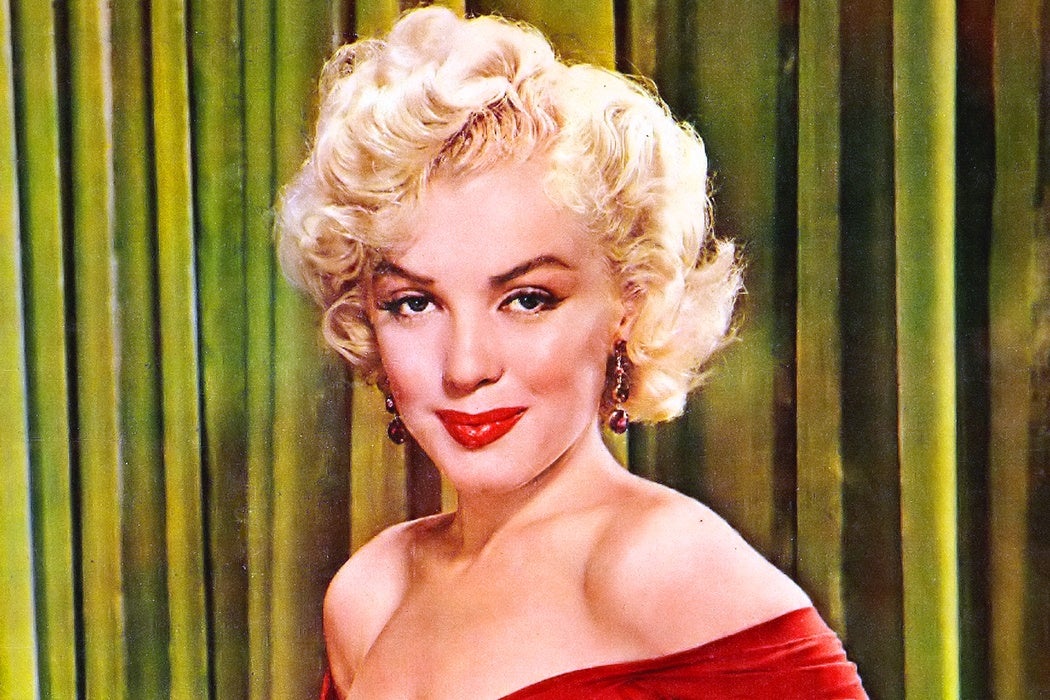Marilyn Monroe was found dead August 5, 1962.
The cultural significance of Monroe has been expounded upon tirelessly in the decades since her tragic death at age 37. Marilyn retains her place among the pantheon of famous American women, transformed by Andy Warhol (and others) into an American icon within weeks of her death, and assigned meaning beyond what her blond bombshell movie roles might suggest.
Marilyn and Gloria Steinem
Authors from Norman Mailer to Gloria Steinhem have written biographies about Monroe that were often more philosophical and political than focused on the real-life woman.
For Steinem, Marilyn is seen as a tragic figure who, because she came before the advent of feminism, could not escape the stigma and confusion that stemmed from being made an object. Feminism, according to Steinem, might have been able to rescue her. Monroe’s connection to famous men, including her husbands baseball star Joe DiMaggio and playwright Arthur Miller, as well as John and Robert Kennedy, drew her into a world of literary and political sophistication that countered her “dumb blonde” image. Indeed, Monroe’s own writing hinted that there was more to her than met the eye, and yet in her life she was seen as a beauty, not a brain.
Marilyn and Whiteness
Others see Marilyn as a kind of inkblot, a symbol of not only sexuality and celebrity but something deeper.
Lois W. Banner sees Marilyn’s image as an archtype of whiteness. Monroe wore white frequently in her movies and in her social life, and was known for her platinum locks. It is no coincidence, writes Banner, that Monroe and her frustrated suitor in The Seven Year Itch go to see The Creature from the Black Lagoon at a movie theatre before the iconic moment when her dress blows up above a New York City subway grate. Monroe is seen in the movie as a symbol of whiteness who needs to be rescued from dark, scary creatures.
Marilyn and the Princess
Writers have also connected Monroe with people she never knew in life. Susan J. Hubert sees Marilyn as linked to Princess Diana through Elton John’s song “Candle in the Wind.” The song, written about Marilyn, was reworked and played at Diana’s funeral. The song has a subversive subtext, directed at a media celebrity culture that was said to have devoured the two princesses, one of Hollywood and the other of the United Kingdom. Both married young (Marilyn at 16, Diana at 20) and quickly transformed into public figures. Each became a personality whose every public utterance and action was weighed and analyzed. Neither was given the opportunity to develop as young adults outside the public spotlight.
“Everybody is always tugging at you. They’d all like a piece of you,” Monroe once said, in a quote that could have been just as aptly applied to Diana.
Marilyn and Marilyn
Monroe’s cinematic gift was to combine two myths about beautiful women, writes Lore Segal. One is the Eve-like temptress, and the other is the wholesome good girl who guards her sensuality from intruders. He writes:
Marilyn’s mature comedies trust us to have internalized both myths, so that our expectations can be at once satisfied and mocked. In Let’s Make Love, sexy Marilyn is so sweet and good, she sympatheti- cally coaches the newest member of the cast, who has been hired because he looks so much like the millionaire the play is going to make fun of. Luckily for the plot, her innocent decency keeps her from catching on to the fraud: her protege is the actual millionaire, hanging around to make love to her.
But Marilyn’s specialty was to conflate the good girl and bad girl into the one and only Marilyn. It is the neatest trick.
No wonder she appealed so much to an America conflicted about what roles women should (and could) play—both on screen and off.
Amidst all this philosophical and ideological reflection, the real Norma Jean Mortenson (Monroe’s birth name), frequently gets lost, much as it was when she was found alone in her southern California apartment the day she died. The girl who went to Hollywood to become a star succeeded in ways that she could never have imagined. Belittled and objectified in life, her complexity could only be appreciated after her death.







